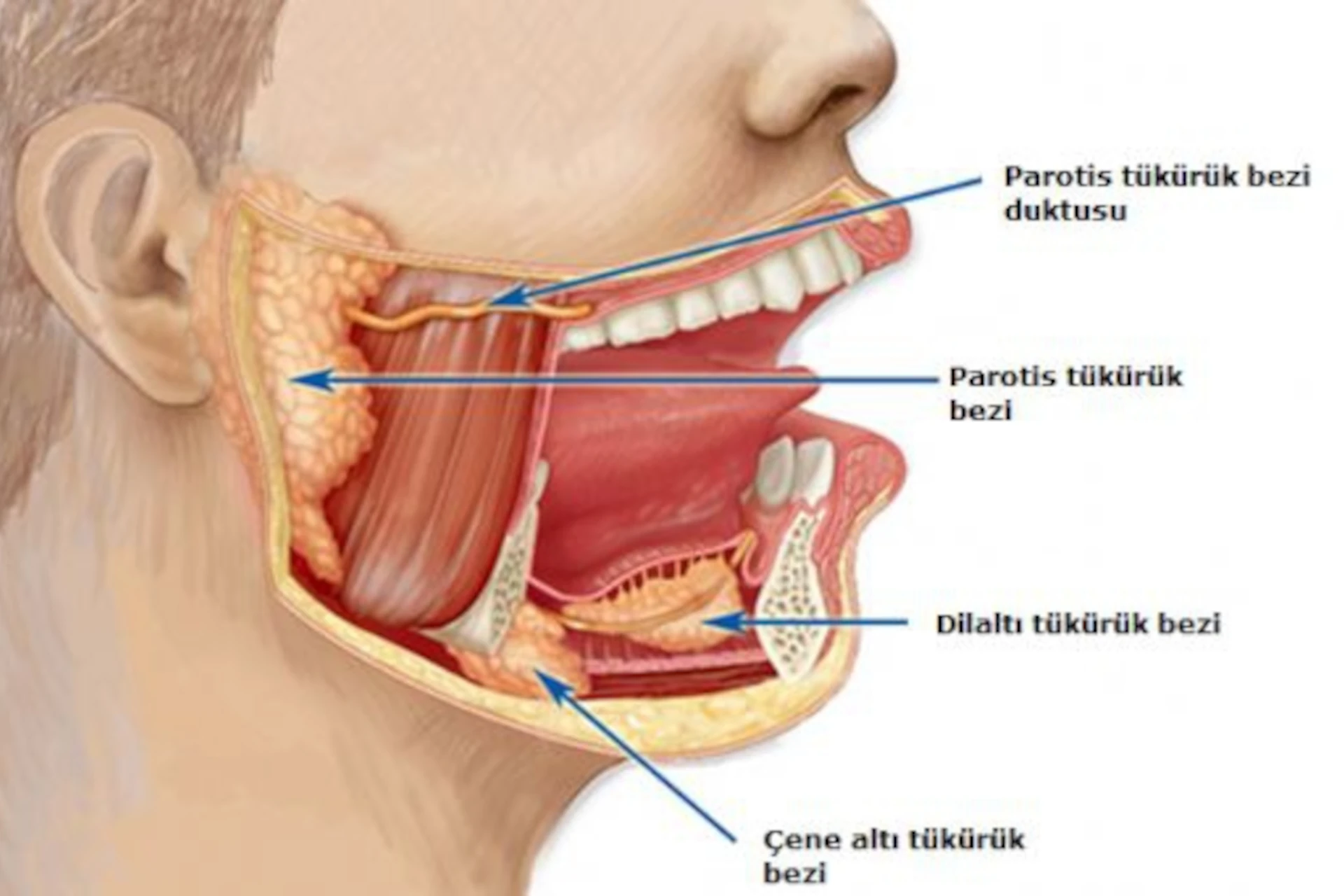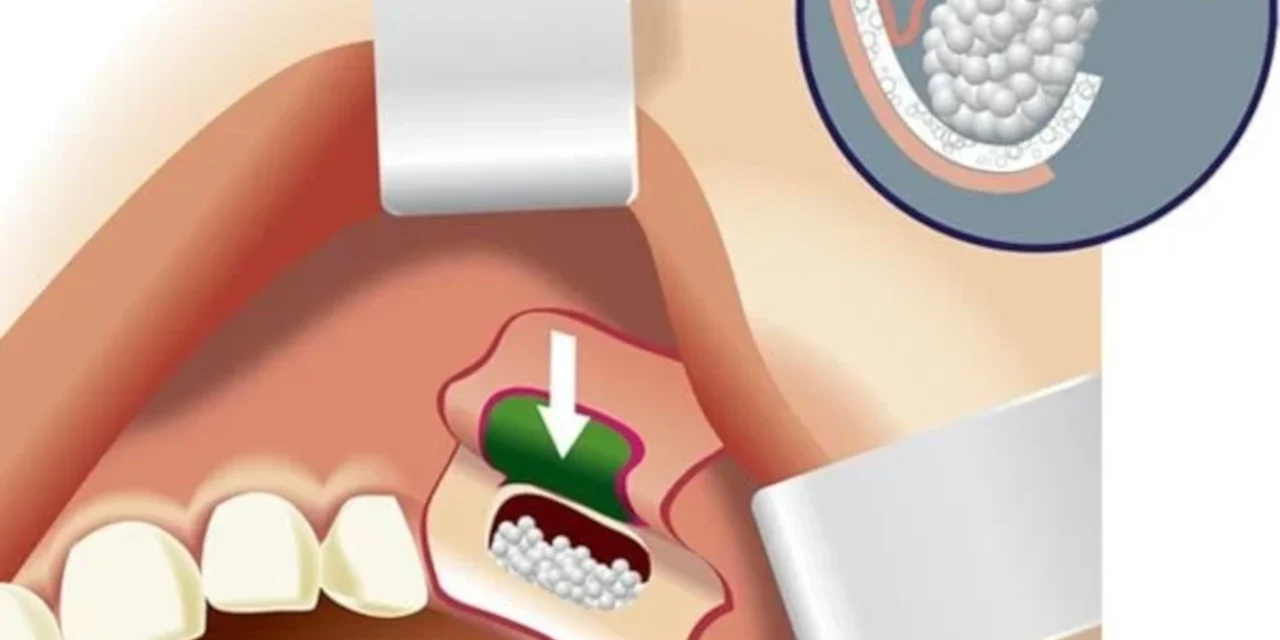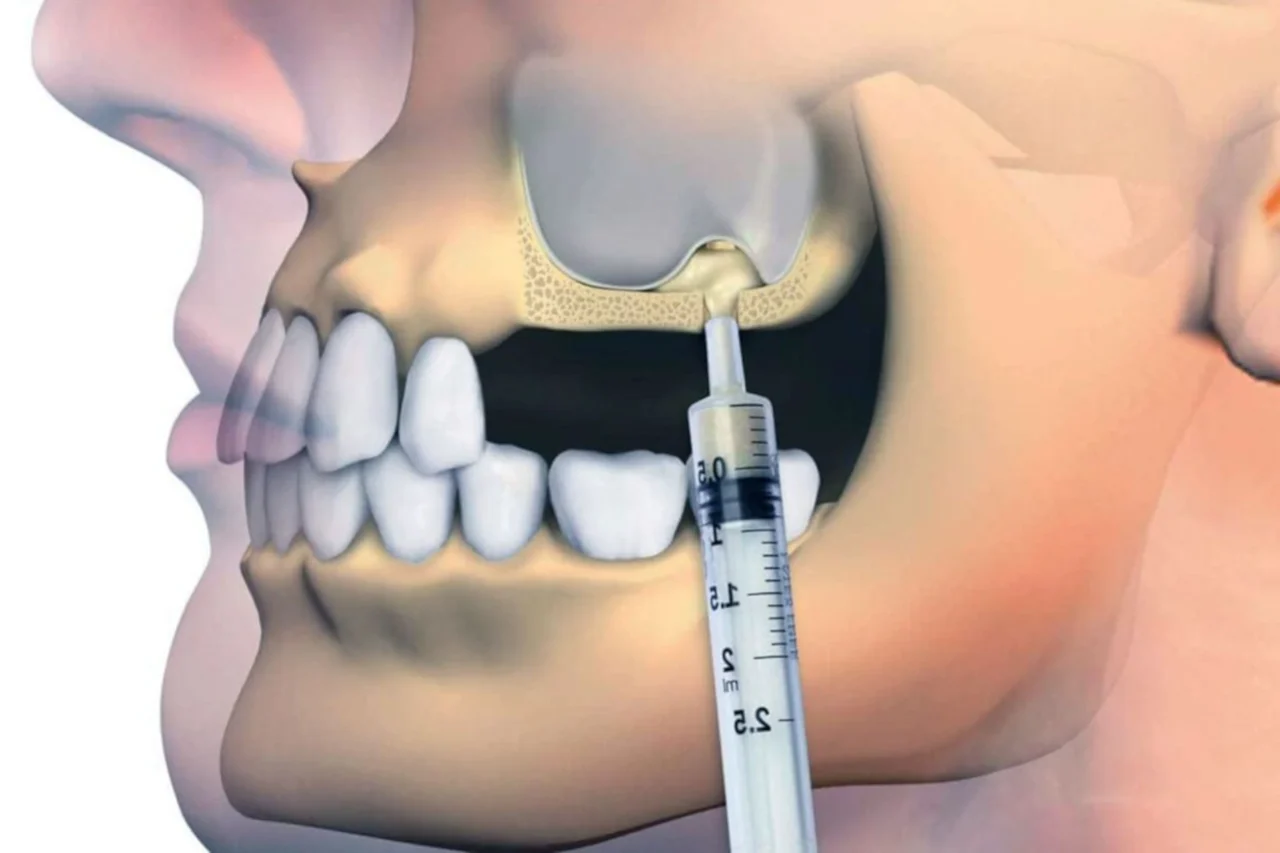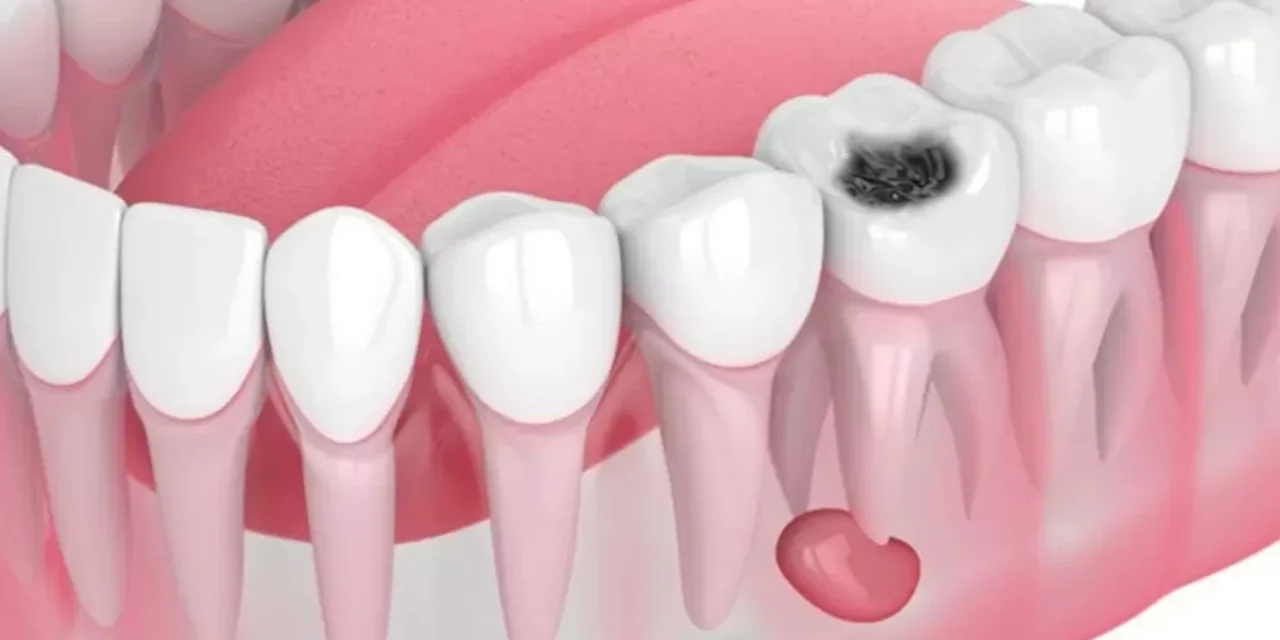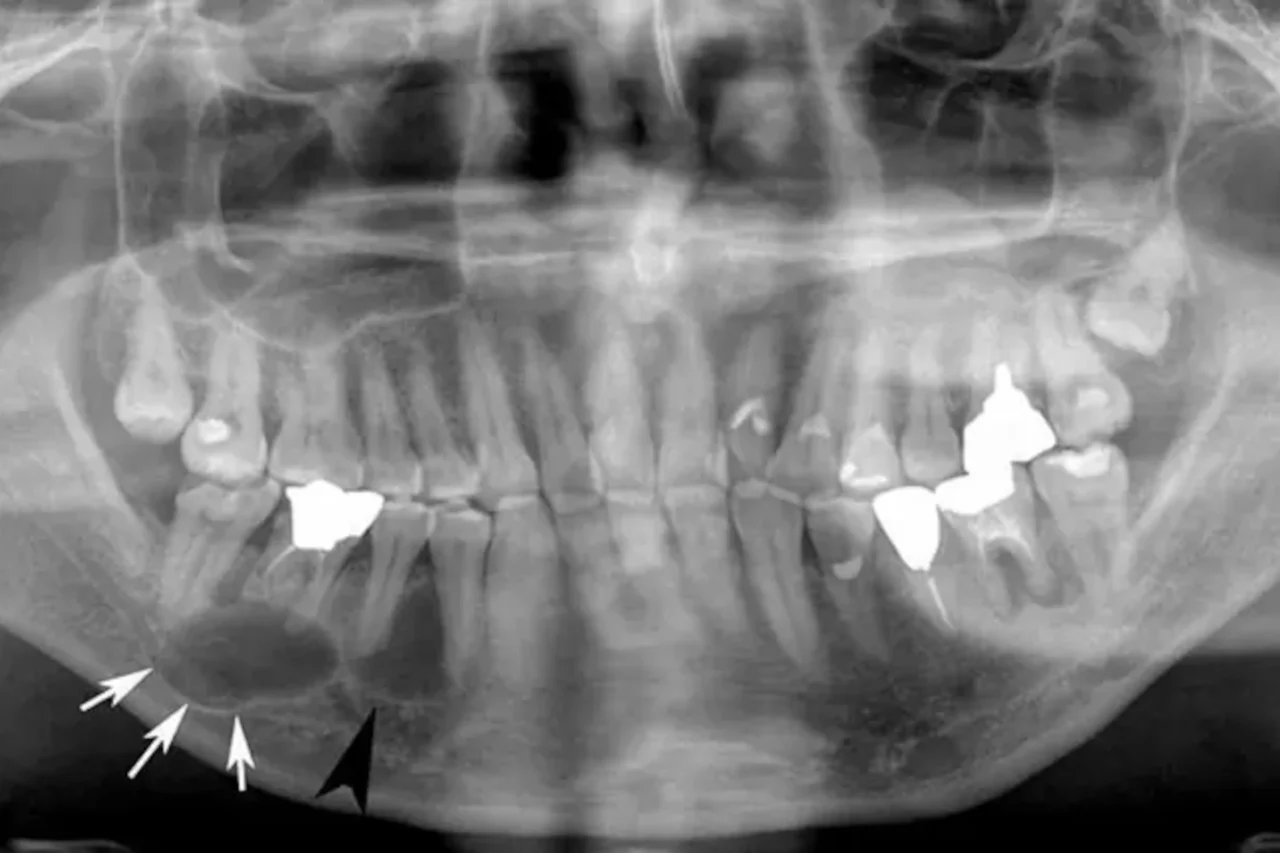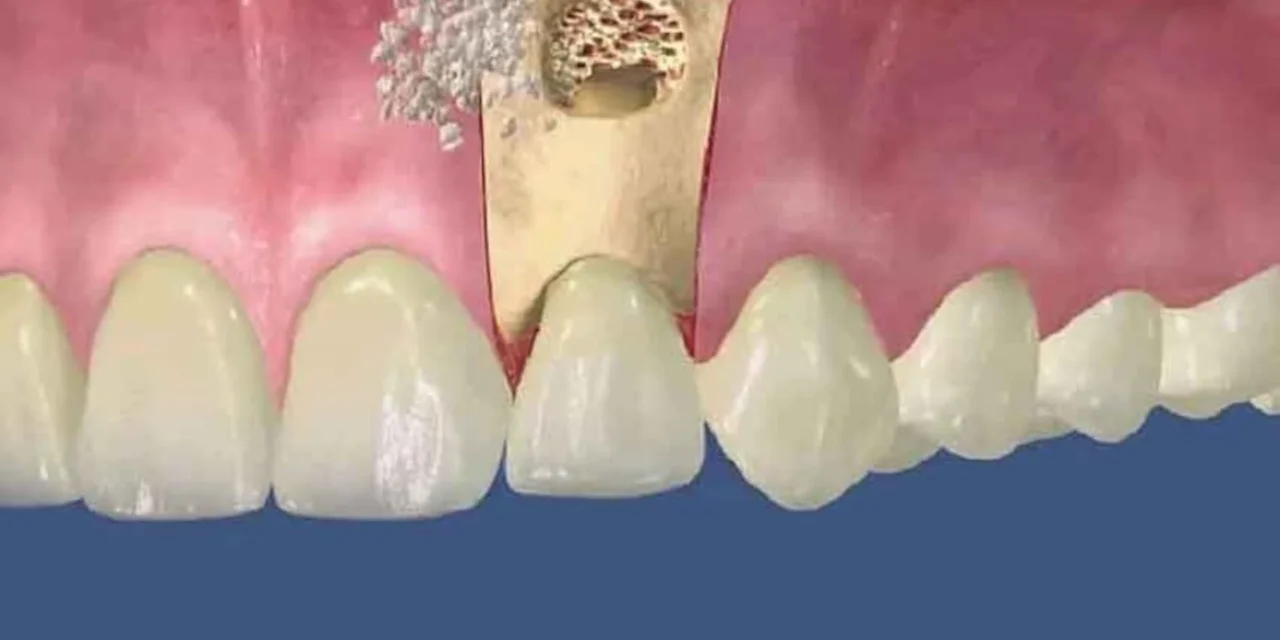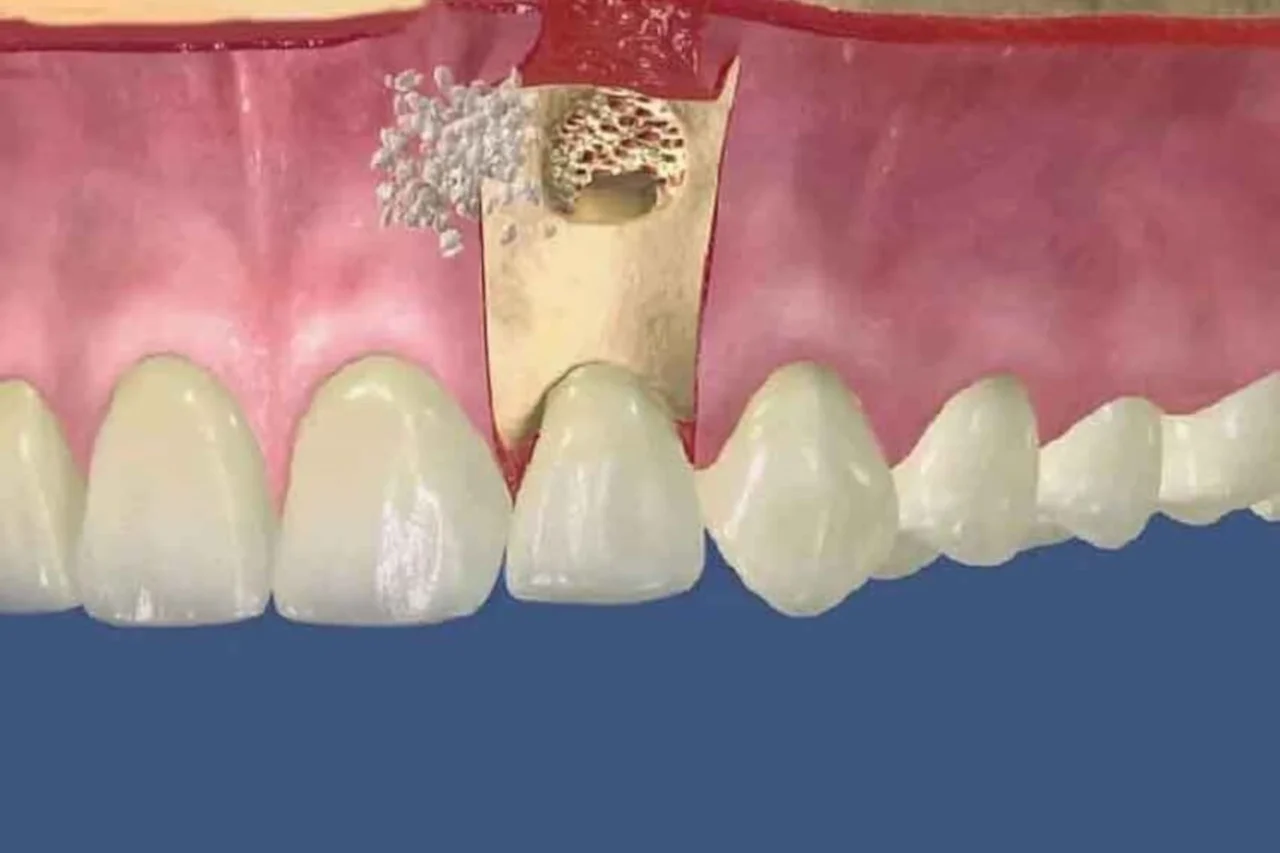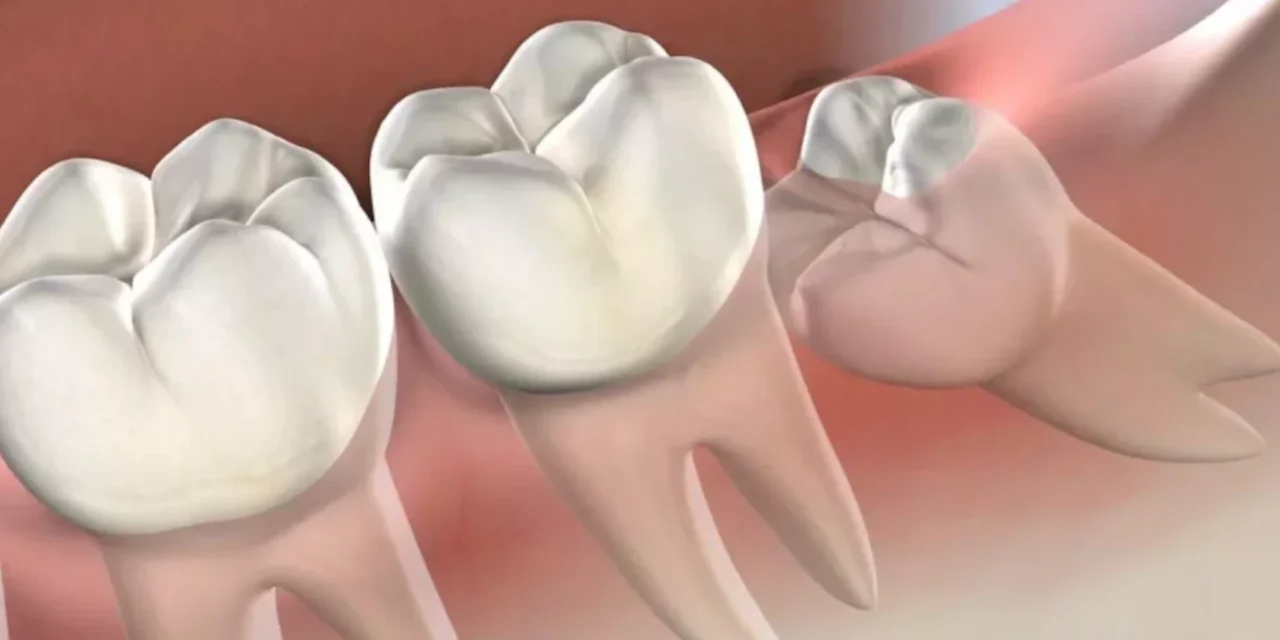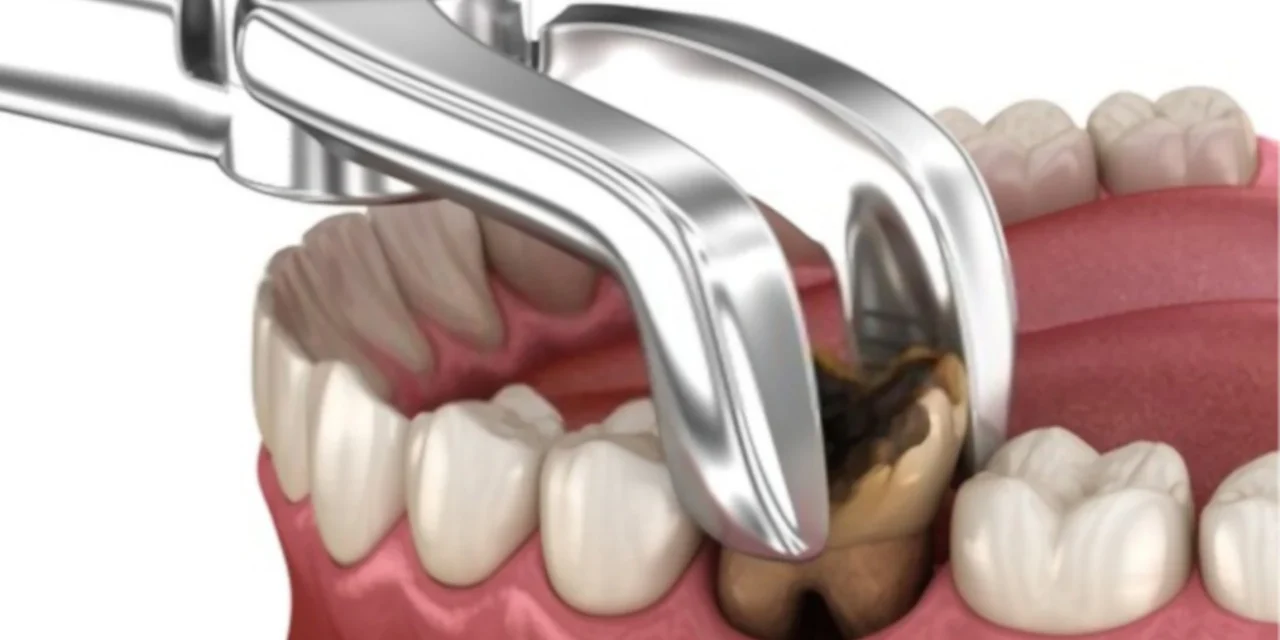Preprosthetic Surgery Operation: Procedures, Areas of Application, Recovery Process and Recommendations
Preprosthetic surgery involves the surgical procedures required for the successful placement and use of dental implants or prostheses. These operations are generally performed for the suitability of the jaw bones and the stability of the implants or prostheses. Here is detailed information about preprosthetic surgery:
1. What is Preprosthetic Surgery?
Preprosthetic surgery involves the surgical procedures required for the successful placement and use of implants or prostheses. These operations are generally performed to increase the stability of the implants or prostheses, to provide adequate bone volume and quality, and to improve aesthetic results.

2. How many types are there?
There are different types of preprosthetic surgery operations and these operations may include various surgical procedures to prepare the jawbone and surrounding tissues before the implant or prosthesis is placed. The main types of preprosthetic surgery operations are:
- Bone graft applications: Placing bone grafts into the jaw bones to increase bone volume.
- Sinus lift operations: Lifting the sinus floor to increase the bone volume in the posterior upper jaw region where implants will be placed .
- Alveoloplasty: Surgical procedures performed to reshape or correct the jawbone after tooth loss or decay.
- Gingivectomy and gingivoplasty: Surgical procedures to correct or reshape the gums.
3. What is it for?
Preprosthetic surgery operations can be performed for the following situations:
- If the jawbones where the implants will be placed do not have the appropriate volume and quality.
- To increase the stability of prostheses and improve aesthetic results.
- When the jawbone needs to be reshaped or corrected after missing or missing teeth.
4. Who can have this operation?
Preprosthetic surgery may be appropriate for patients who are planning to have implants or dentures placed and do not have the appropriate bone structure or gum level. However, since each patient and situation is different, it is important to have a detailed evaluation before the operation.
5. What is the Success Rate?
The success rate of preprosthetic surgery varies depending on the type of surgery, the patient’s condition, and the surgeon’s experience. However, a properly performed surgery is usually successful and results in the successful placement of implants or prosthetics.
6. Procedure Duration and Things to Consider After Treatment
The duration of preprosthetic surgery operations varies depending on the type and complexity of the operation. While a simple bone graft application may take a few hours, more complex operations may take longer. Things to consider after treatment are as follows:
- In the post-operative period, the instructions given by the doctor must be followed exactly.
- Symptoms such as pain, swelling and bleeding that may occur after the procedure are normal and the medications recommended by the doctor should be used.
- To speed up the healing process, habits such as smoking should be avoided and oral hygiene should be taken care of.
7. The Healing Process
The recovery process of preprosthetic surgery varies depending on the type of surgery and the general health of the patient. Pain, swelling and slight bleeding are normal during the recovery process. These usually decrease over time and full recovery is achieved.
Preprosthetic surgery is a surgical procedure performed to prepare the jawbone and surrounding tissues prior to the placement of an implant or prosthesis. These operations are generally successful, and with appropriate healing and aftercare, patients often return to normal.
Bahçeşehir Dinamik Dental Clinic covers the preparation process of patients for restorative dental treatments such as implants or dentures with the preprosthetic surgery operation service provided by expert dentists. In our clinic, preprosthetic surgery procedures such as jaw bone reshaping, bone grafting, sinus lifting are performed with advanced technology and expertise. These operations provide patients with an ideal jaw structure and bone quality required for the successful placement of implants or dentures. At Dinamik Dental Clinic, a personalized treatment plan is created for each patient and the comfort, safety and satisfaction of the patients are prioritized.

